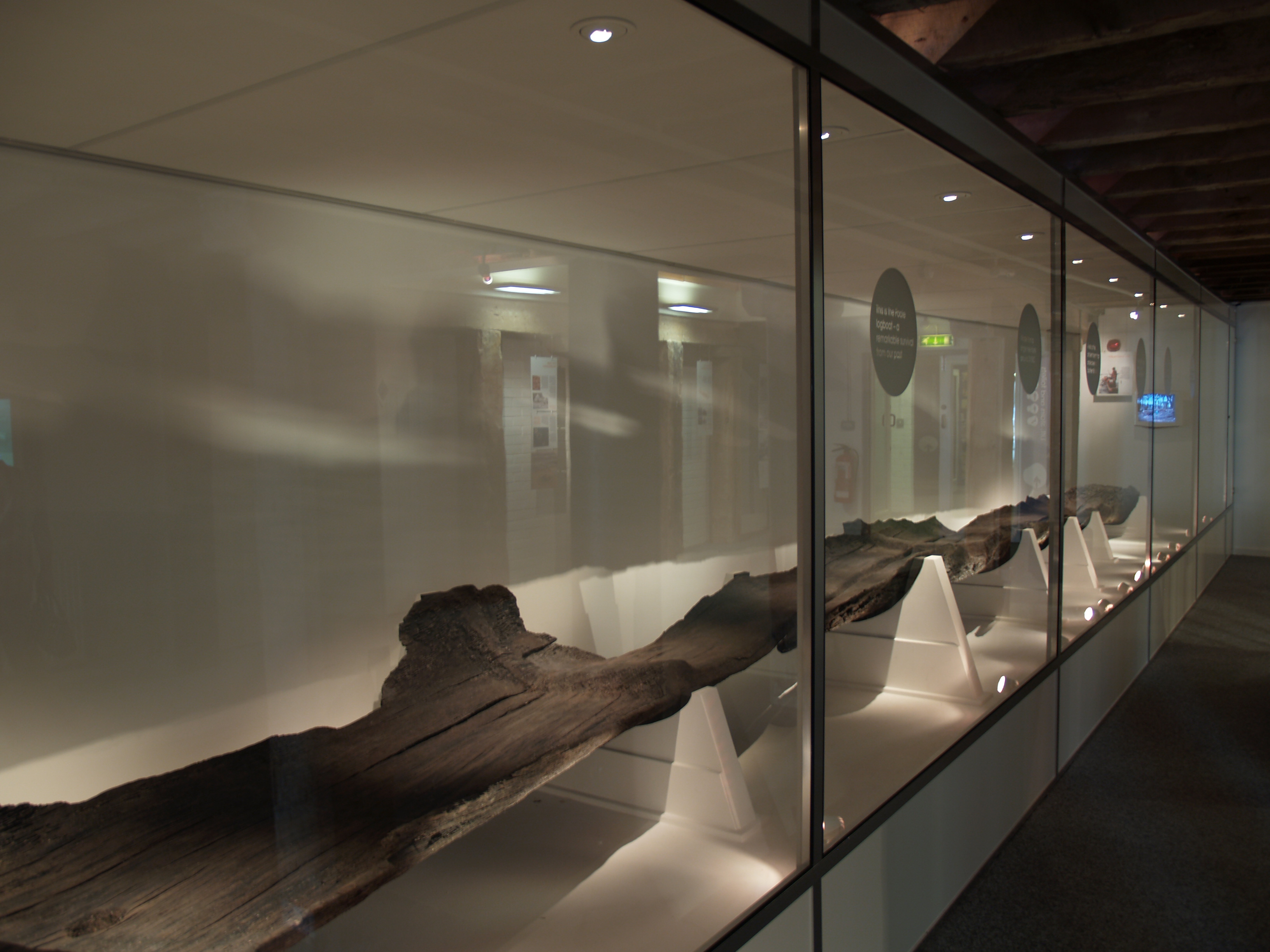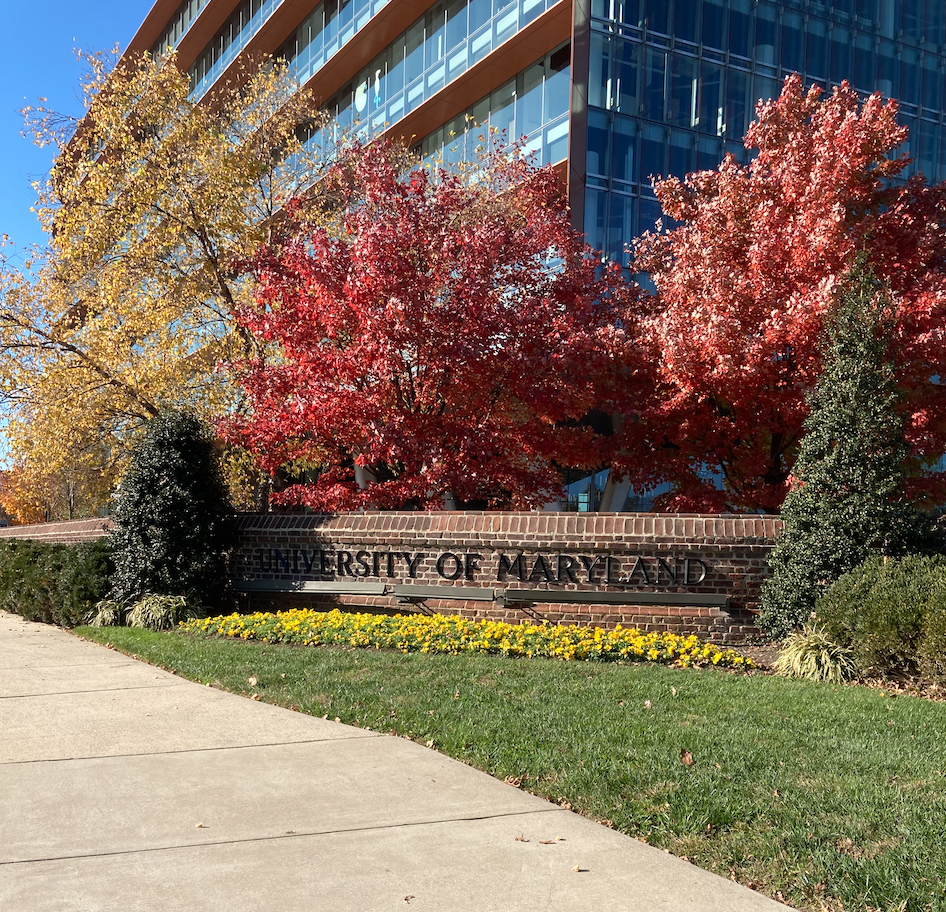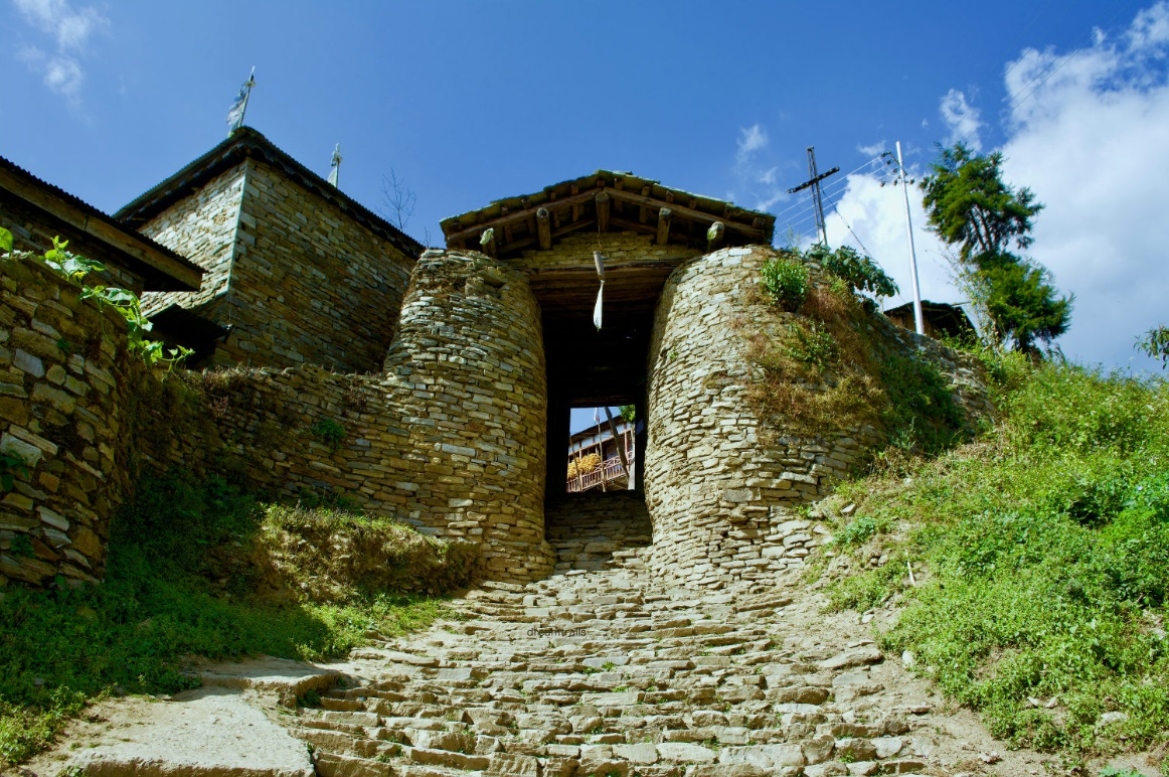|
Human Echolocation
Human echolocation is the ability of humans to detect objects in their environment by sensing echoes from those objects, by actively creating sounds: for example, by tapping their canes, lightly stomping their foot, clapping their hands, snapping their fingers, or making clicking noises with their mouths. People trained to orient by echolocation can interpret the sound waves reflected by nearby objects, accurately identifying their location, size and density. That is, the echoes allow detailed information about the object's location (where it is), dimension (size and shape), and density (solidity) to be identified. For example, they provide information about the location and nature of objects and their environment, such as walls, doorways, recesses, overhangs, pillars, ascending curbs and steps, fire hydrants, pedestrians, parked or moving vehicles, trees and other foliage. Some of them can perform tricks such as running, basketball, rollerblading, football and skateboarding, ... [...More Info...] [...Related Items...] OR: [Wikipedia] [Google] [Baidu] |
World Access For The Blind
World Access for the Blind (WAFTB) is an international non-profit, non-governmental and educational organisation based in California, United States. The organisation was started to strengthen the physical, mental and personal development of people with all forms of blindness, and to increase public awareness about the strengths and capabilities of blind people. It was founded by Daniel Kish of Long Beach, California, in 2000. The primary work of the non-profit is to encourage and teach blind people the technique of echolocation for their movement, so as to minimise their inhibition with respect to people with normal sight. Their innovative training is called FlashSonar, which involves using sound for navigation. Their strategic campaigns are based on the philosophical stand: ''No Limits''. The organisation participated in the medical study of human echolocation in 2011. Vision World Access for the Blind tries to improve the quality of life such as in interaction between blind a ... [...More Info...] [...Related Items...] OR: [Wikipedia] [Google] [Baidu] |
White Cane
A white cane is a device used by many people who are visual impairment, blind or visually impaired. A white cane primarily allows its user to scan their surroundings for obstacles or orientation marks, but is also helpful for onlookers in identifying the user as blind or visually impaired and taking appropriate care. The latter is the reason for the cane's white colour, which in many jurisdictions is mandatory. Variants *Long cane: Designed primarily as a mobility tool used to detect objects in the path of a user. Cane length depends upon the height of a user, and traditionally extends from the floor to the user's human sternum, sternum. It is the most well-known variant, though some organisations favor the use of much longer canes. *Guide cane: A shorter cane, generally extending from the floor to the user's waist, with more limited potential as a mobility device. It is used to scan for kerbs and steps. The guide cane can also be used diagonally across the body for protection, ... [...More Info...] [...Related Items...] OR: [Wikipedia] [Google] [Baidu] |
Primary Visual Cortex
The visual cortex of the brain is the area of the cerebral cortex that processes visual information. It is located in the occipital lobe. Sensory input originating from the eyes travels through the lateral geniculate nucleus in the thalamus and then reaches the visual cortex. The area of the visual cortex that receives the sensory input from the lateral geniculate nucleus is the primary visual cortex, also known as visual area 1 ( V1), Brodmann area 17, or the striate cortex. The extrastriate areas consist of visual areas 2, 3, 4, and 5 (also known as V2, V3, V4, and V5, or Brodmann area 18 and all Brodmann area 19). Both hemispheres of the brain include a visual cortex; the visual cortex in the left hemisphere receives signals from the right visual field, and the visual cortex in the right hemisphere receives signals from the left visual field. Introduction The primary visual cortex (V1) is located in and around the calcarine fissure in the occipital lobe. Each hemi ... [...More Info...] [...Related Items...] OR: [Wikipedia] [Google] [Baidu] |
Poole, Dorset
Poole () is a coastal town and seaport on the south coast of England in the Bournemouth, Christchurch and Poole unitary authority area in Dorset, England. The town is east of Dorchester, Dorset, Dorchester and adjoins Bournemouth to the east. Since 1 April 2019, the local authority is Bournemouth, Christchurch and Poole Council. The town had an estimated population of 151,500 (mid-2016 census estimates) making it the second-largest town in the ceremonial county of Dorset. Together with Bournemouth and Christchurch, Dorset, Christchurch, the conurbation has a total population of nearly 400,000. The settlement dates back to before the Iron Age. The earliest recorded use of the town's name was in the 12th century when the town began to emerge as an important port, prospering with the introduction of the Wool#History, wool trade. Later, the town had important trade links with North America and, at its peak during the 18th century, it was one of the busiest ports in Britain. In th ... [...More Info...] [...Related Items...] OR: [Wikipedia] [Google] [Baidu] |
Path Integration
Path integration is the method thought to be used by animals for dead reckoning. History Charles Darwin first postulated an inertially-based navigation system in animals in 1873.The Complete Work of Charles Darwin Online. ''Origin of Certain Instincts'': full text and facsimile Retrieved 28 February 2012 Studies beginning in the middle of the 20th century confirmed that animals could return directly to a starting point, such as a nest, in the absence of and having taken a circuitous outwards journey. This shows that they can use cues to track distance and direction in order ... [...More Info...] [...Related Items...] OR: [Wikipedia] [Google] [Baidu] |
University Of Maryland
The University of Maryland, College Park (University of Maryland, UMD, or simply Maryland) is a public land-grant research university in College Park, Maryland, United States. Founded in 1856, UMD is the flagship institution of the University System of Maryland. It is known as the biggest university in the state of Maryland. UMD is the largest university in Maryland and the Washington metropolitan area. Its eleven schools and colleges offer over 200 degree-granting programs, including 113 undergraduate majors, 107 master's programs, and 83 doctoral programs. UMD's athletic teams are known as the Maryland Terrapins and compete in NCAA Division I as a member of the Big Ten Conference. A member of the Association of American Universities, The University of Maryland's proximity to Washington, D.C. has resulted in many research partnerships with the federal government; faculty receive research funding and institutional support from many agencies, such as the National In ... [...More Info...] [...Related Items...] OR: [Wikipedia] [Google] [Baidu] |
Retinal Cancer
Retinoblastoma (Rb) is a rare form of cancer that rapidly develops from the immature cells of a retina, the light-detecting tissue of the eye. It is the most common primary malignant intraocular cancer in children, and 80% of retinoblastoma cases are first detected in those under 3 years old. Though most children in high income countries survive this cancer, they may lose their vision in the affected eye(s) or need to have the eye removed. Almost half of children with retinoblastoma have a hereditary genetic defect associated with it. In other cases, retinoblastoma is caused by a congenital mutation in the chromosome 13 gene 13q14 (retinoblastoma protein). Signs and symptoms Retinoblastoma is the most intrusive intraocular cancer among children. The chance of survival and preservation of the eye depends fully on the severity. Retinoblastoma is extremely rare as there are only about 200 to 300 cases every year in the United States. Globally, only 1 in about 15,000 children h ... [...More Info...] [...Related Items...] OR: [Wikipedia] [Google] [Baidu] |
Riverside, California
Riverside is a city in and the county seat of Riverside County, California, United States. It is named for its location beside the Santa Ana River. As of the 2020 census, the city has a population of 314,998. It is the most populous city in the Inland Empire and Riverside County, the List of largest California cities by population, 12th-most populous city in California, and the List of United States cities by population, 61st-most populous city in the United States. Alongside San Bernardino, Riverside is a principal city in the nation's 13th-largest metropolitan statistical area; the Riverside–San Bernardino–Ontario had 4.6 million residents in 2020. Riverside is about southeast of downtown Los Angeles and is also part of the Greater Los Angeles area. Riverside was founded in the early 1870s. It is the birthplace of the California citrus production, citrus industry and home of the The Mission Inn Hotel & Spa, Mission Inn, the nation's largest Mission Revival Style architec ... [...More Info...] [...Related Items...] OR: [Wikipedia] [Google] [Baidu] |
Ben Underwood
Ben Underwood may refer to: * Ben Underwood (footballer) Benjamin Riley Underwood (30 September 1901 − 9 March 1958) was an English footballer who played as a left half. He was born in Alfreton, Derbyshire and began playing with Newton Rangers before joining New Hucknall Colliery. After a bri ... (1901–1958), English footballer * Ben Underwood (1992–2009), American echolocator {{Hndis, Underwood, Ben ... [...More Info...] [...Related Items...] OR: [Wikipedia] [Google] [Baidu] |
Arunachal Pradesh
Arunachal Pradesh (; ) is a States and union territories of India, state in northeast India. It was formed from the North-East Frontier Agency (NEFA) region, and India declared it as a state on 20 February 1987. Itanagar is its capital and largest town. It borders the Indian states of Assam and Nagaland to the south. It shares Borders of India, international borders with Bhutan in the west, Myanmar in the east, and a disputed 1,129 km border with China's Tibet Autonomous Region in the north at the McMahon Line. Arunachal Pradesh is claimed in its entirety by China as South Tibet as part of the Tibet Autonomous Region; China Sino-Indian War, occupied some regions of Arunachal Pradesh in 1962 but later withdrew its forces. As of the 2011 Census of India, Arunachal Pradesh has a population of 1,383,727 and an area of . With only 17 inhabitants per square kilometre, it is the least densely populated state of India. It is an ethnically diverse state, with predominantly Monpa p ... [...More Info...] [...Related Items...] OR: [Wikipedia] [Google] [Baidu] |
Chayangtajo
Chayangtajo is a small town situated on a picturesque hilltop overseeing the Himalayas. Chayangtajo is one of the oldest towns established in the Indian state of Arunachal Pradesh. It is located in the East Kameng district, 37.50 km aerial distance towards north and 81 km via road from the District headquarter Seppa. Chayangtajo is the place where the Kameng river (known as Bharali in Assam) originates from the Himalayas. Chayangtajo is one of the 60 constituencies of the Legislative Assembly of Arunachal Pradesh. The Constituency is consist of four Circles viz. Pipu, Sawa, Gyawepurang and Chayangtajo as its HQ. The administrative head of Chayantajo Circle is Additional Deputy Commissioner (ADC). It is inhabited by Nyishi and Puroiks. The current MLA (2019-24) of 9-Chayangtajo constituency is Hayeng Mangfi. His predecessors are Sri Kameng Dolo (5 terms) and Karya Bagang (2 terms). See also List of constituencies of Arunachal Pradesh Legislative Assembly A list is a Set ... [...More Info...] [...Related Items...] OR: [Wikipedia] [Google] [Baidu] |
Retinoblastoma
Retinoblastoma (Rb) is a rare form of cancer that rapidly develops from the immature cells of a retina, the light-detecting tissue of the eye. It is the most common primary malignant intraocular cancer in children, and 80% of retinoblastoma cases are first detected in those under 3 years old. Though most children in high income countries survive this cancer, they may lose their vision in the affected eye(s) or need to have the eye removed. Almost half of children with retinoblastoma have a hereditary genetic defect associated with it. In other cases, retinoblastoma is caused by a congenital mutation in the chromosome 13 gene 13q14 ( retinoblastoma protein). Signs and symptoms Retinoblastoma is the most intrusive intraocular cancer among children. The chance of survival and preservation of the eye depends fully on the severity. Retinoblastoma is extremely rare as there are only about 200 to 300 cases every year in the United States. Globally, only 1 in about 15,000 childre ... [...More Info...] [...Related Items...] OR: [Wikipedia] [Google] [Baidu] |






